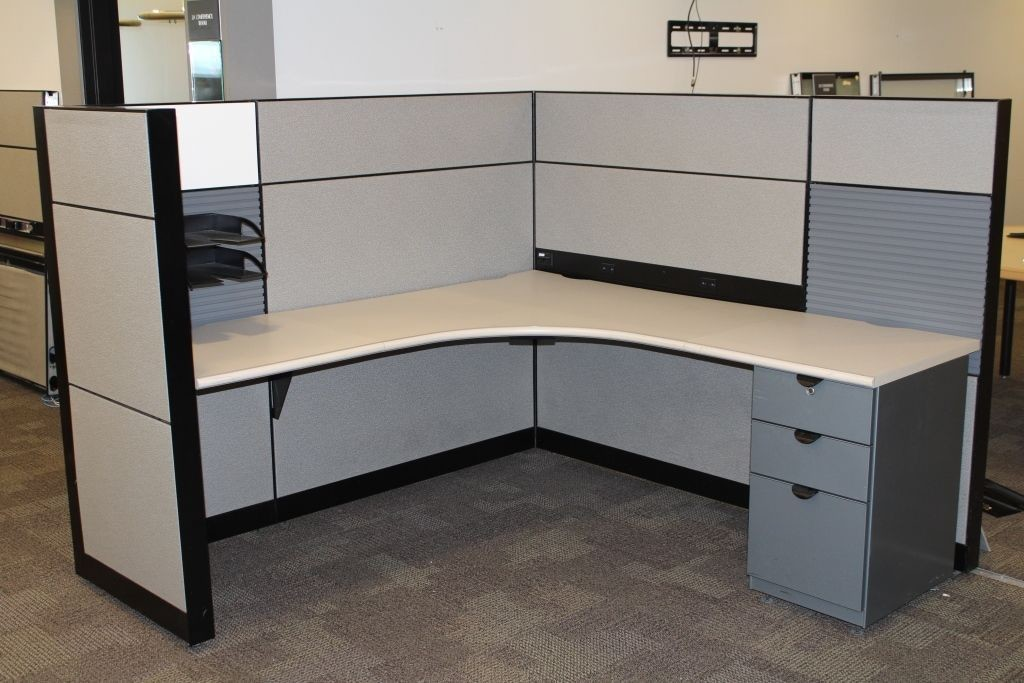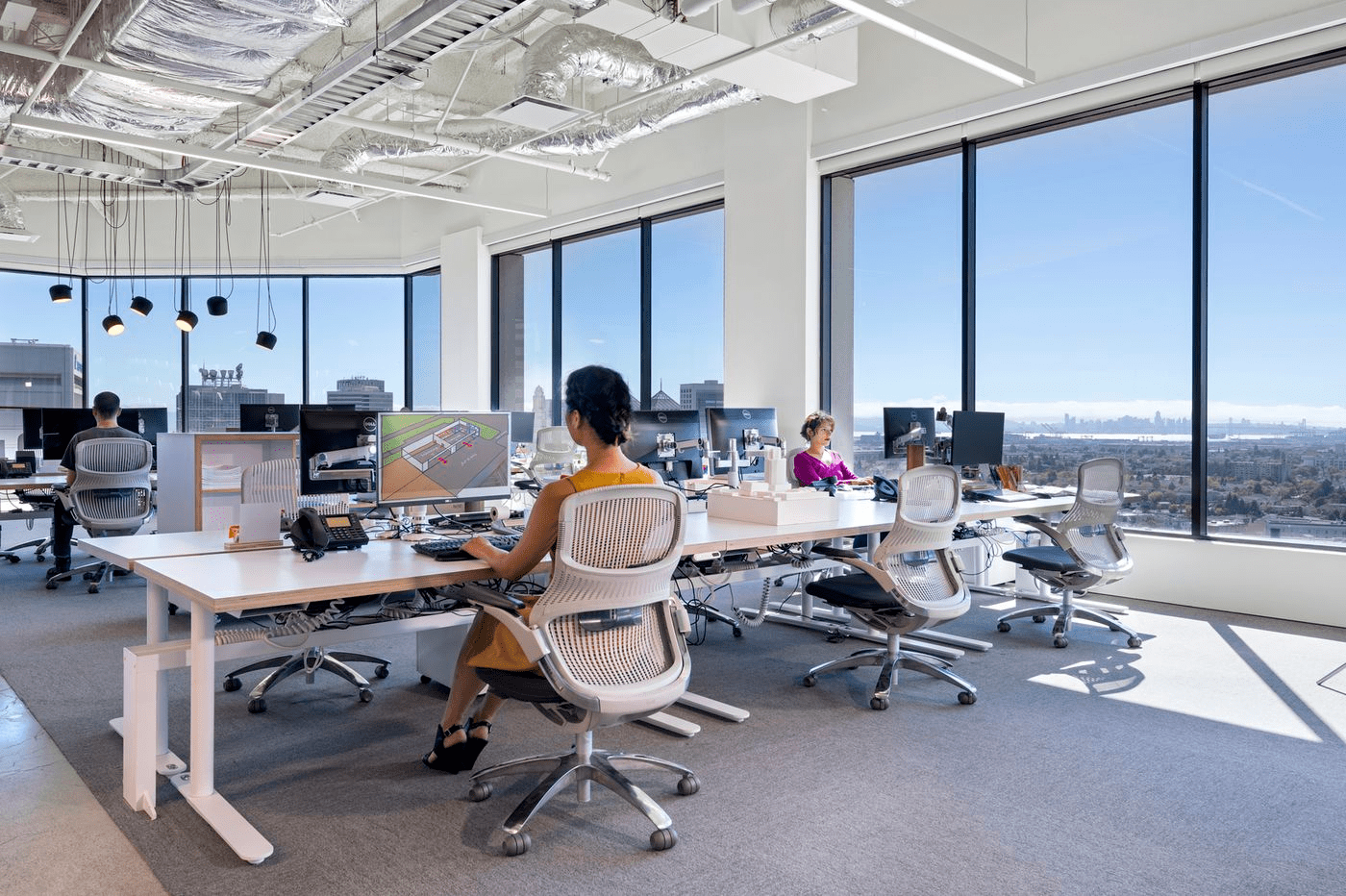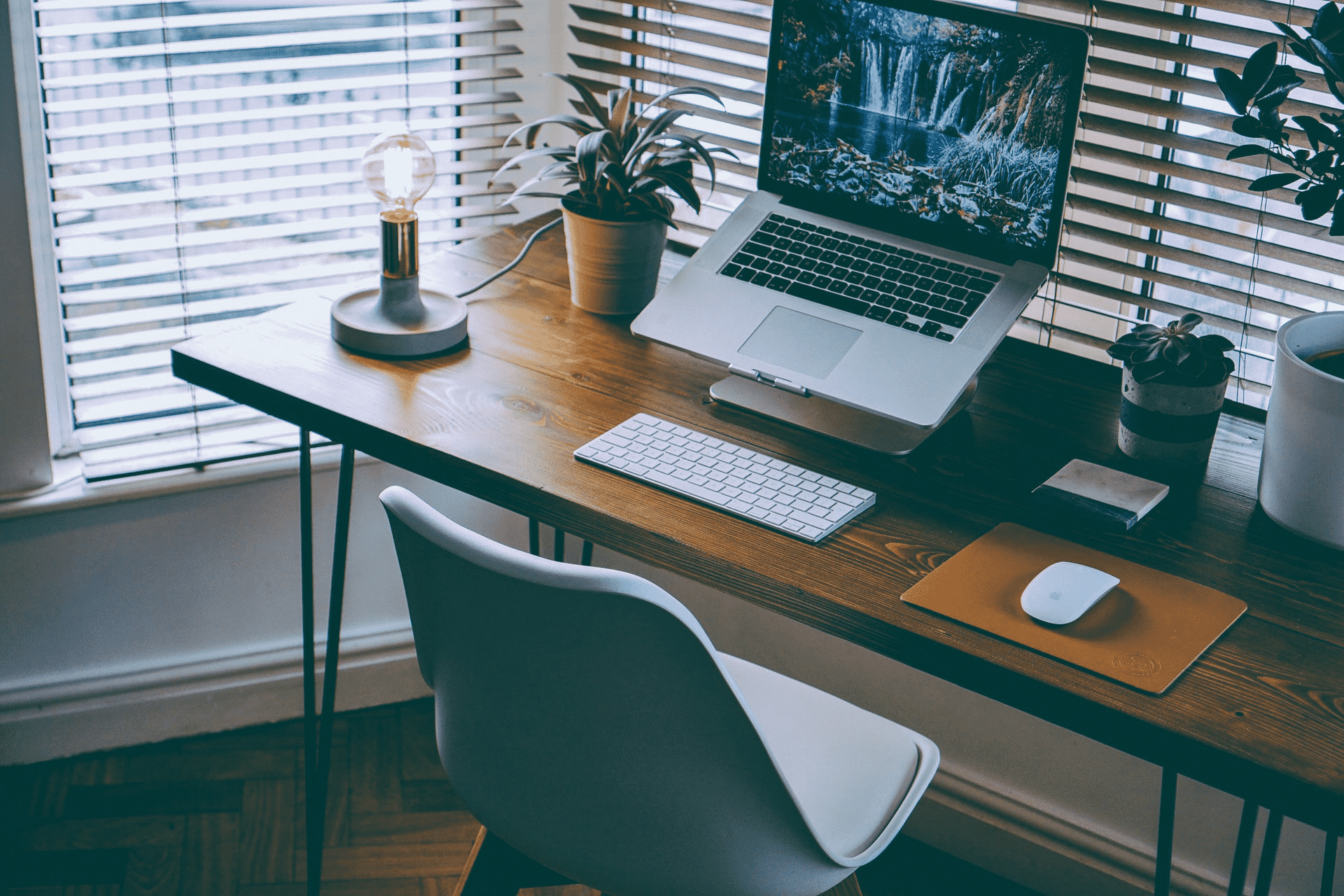The Working World is Changing
There has been a trend for the past few years of companies slowly realizing that the pandemic is not just a temporary state that will go away eventually and let everything return to the way it was before. In terms of business and employment, this means that more and more jobs are being offered as permanently remote roles.
I had always dreamt of working from home but thought of it as a fantasy, especially since I did not want to move over into the software development field. However, I have found that almost all roles being sent to me via recruiters are permanently remote (although most are limited to US citizens or even region-locked for companies who only operate in select states).
I decided to take a look back at my relatively short career so far and compare the positive and negative effects of the different work environments I've been in.
In-Person Offices
Retail Internship
I started my first job as a management intern at a busy retail pharmacy, working my 40-hour weeks on my feet. As these retail stores don't believe in resting or sitting down, you can guarantee that you will spend entire shifts standing, walking, or running around the store. Unfortunately, I worked at a time when our store didn't have enough managers, so I spent the majority of my tenure at the store running and breaking a sweat.
Now, things aren't all bad in retail stores like this. It is definitely tiring and inefficient to force employees to work constantly, or pretend to work if there's nothing to do, and not allow anyone to sit down. However, if you are able to operate a retail store with a limited crew and provide enough comfort and support, I believe these jobs could be both comfortable and efficient.
Semi-Private Cubicles

After about a year, I was able to find another internship - this time, it was in my field of interest: internal auditing. This was for a life insurance company that was well over 100 years old. The age of the company shows if you work there, as most people in management are well into their 40s-60s with little to no youthful leadership in the company. Likewise, they owned a large headquarters in a nice area of town with plenty of space, parking, etc.
One upside is that each person gets their own large L-shaped desk, formed into cubicles that house 4 desks/employees. These "pods" of 4-person cubicles are linked throughout each floor of the headquarters (except the sales people, who had that open-floor concept going on). The walls of the cubicle were tall and provided a lot of privacy and sound-proofing, except when I used the standing desk feature (I'm over 6 feet tall, so probably not an issue for most people).
I loved this environment, it allowed me to focus on my work with minimal distractions, but also allowed easy access, so I could spin around in my chair and chat with my friends without leaving my chair. This is the closest I've been to a home office environment (which is my personal favorite, as I'll get to later in this post).
Semi-Open Floor Concept

When I shifted to my first full-time internal audit job out of college, I was working at a company that was headquartered on a floor in a downtown high-rise building. The company was only about 20 years old when I worked there and were trying a lot of new things to attract young talent, one of which was a semi-open floor concept for the office. My department worked just around the hallway corner from the executive offices and used that "modern" layout young tech companies started using in the 2000s/2010s.
Each desk was brief, and you could look most coworkers in the face without moving from your chair, I hated this so much. Directly to my left was the Chief Audit Executive (our department's leading boss), and his desk was pointed so that his face would stare straight at my desk all day. I spent more time thinking about who was looking at me or checking on me than actually working.
The other annoying part of the open concept they used was that the kitchen area and pathways were too close to everyone's desks (since the desks were spread out, to provide space or something), so noise and conversation would be constant throughout the day while you try to work. For someone like me, who needs silence to get work done, that was a non-starter.
Hotel Office Concept

I currently work for a company remotely (for now) and travel to the office every once in a while for events and to help coach the staff underneath me. The office I visit uses the hotel desk concept, where you need to check in at a touch screen when you enter the office and "rent" a desk for the day. The same goes for offices and meeting rooms.
These desks are flat-top only and do not have any walls at all. In addition, they're stacked with one row of 4 desks facing another row of 4 desks. These pairs of desk rows are repeated through the office.
This means that when I go, I need to rent a random desk or try to remember the unique ID numbers on desks I like. Once I rent it, I have to make sure no one sat down in that desk without renting it. Then, I can sit down and work, but will probably need to adjust the monitors so that I'm not staring in the face of the person across from me all day. Finally, I need to wear headphones as this environment does nothing to provide you with peace or quiet.
Luckily, you can rent offices with doors that offer quiet and privacy, which can be very nice if you have a lot of meetings or webinars on a certain day.
Home Office

Okay, now let's finally get to the home office concept. I have worked from home for a little over two years at this point, across three different jobs/employers. Over this time, I have experimented with a plethora of different organizational ideas, desks, and room layouts to find what works best for me.
These things might not apply to you, and that's fine. Everyone has a different situation, and I really don't think you'll know what works until you try.
Tip #1
Let's start with my top rule for a home office:
If you live with others, working in a shared space is not effective.
It just does not work. If you have another person sleeping in your bedroom, it is difficult to manage your work schedule with their sleeping/work/school schedule. If they wake up after you need to start work, you might wake them up or have to suffer the agony of staring at bright screens in a dark room.
In a similar vein, working from a location such as the living room likely won't work either. Distractions will come far more frequently: televisions, cooking, cleaning, deliveries, etc. If you're like me, you'll end up playing a game instead of actually doing any work.
Tip #2
Okay, the second thing I've discovered that works for me:
Use the pomodoro method (or something similar) to balance work tasks with personal tasks.
I use a very casual version of the pomodoro method where I will work for 1-2 hours (usually set in strict intervals like 1, 1.5, 2 hours) and then will allow myself 30-60 minutes for personal tasks. This schedule works for me, since my work schedule really only comes to 3-6 hours of work per day.
In this case, I'll work through my list of tasks for an hour or two and then give myself personal time to get drinks and food, wash dishes, put clothes in the washer, get the mail, etc. If you're in a convenient location, this usually gives time for things like getting groceries (as long as you're not a slow shopper).
Tip #3
While I listed this one as number three, I don't think I'd accomplish anything without it:
Document everything: even things you didn't before - such as task lists and notes from casual calls or meetings.
I've noticed that staying in an office gave me more constant reminders of outstanding tasks or facts I had learned in a conversation. Translating everything to a digital world has made me lose a bit of that focus (perhaps since I don't have visual reminders?).
Keeping a running task list of all things I have to do - even potential tasks! - has helped me keep up without missing anything small. Likewise, keeping notes for ALL meetings and calls, no matter how casual/quick, has improved my retention immensely. Beyond helping my mental recollection, it has saved me numerous times when I need to do a keyword search for some topic that was discussed 6+ months ago.
Tip #4
Okay, last one for now.
Keep your work area clean.
This one is straightforward, but I know some people struggle with cleanliness or may not believe it makes a difference. Trust me, keeping your desk area clean and organized makes a huge difference, both mentally and emotionally.
Just think about it, you walk into your home office and see a clean desk with a laptop, dock, monitors, keyboard, mouse, and a notepad with a pen on top.
Now imagine the opposite, there's an office with the same equipment, but there are clothes hanging on the chair, empty drink bottles, candy wrappers and dirty plates. This can take both a mental and emotional toll by bringing constant disarray and stress into your working environment.
Just keep things clean each day, and you won't need to do any big cleaning days to recover.
My Preferences
I've talked about the different environments I've worked in and expressed some honest thoughts on pros or cons to each, but what do I prefer? Well, if you're reading along, you should be able to tell that I much prefer a home office above all else.
Being able to control my own day and allot my time as needed has brought a calmness to my life and has allowed me to maximize each day. I feel far more effective and efficient in a home office than any other office, especially open-office layouts.
If I do need to return to an office part-time in the future, I really hope the office will have privacy and quietness in order for me to get my work done.
Cubicles are good! I agree with Alice (from the comic Dilbert):
